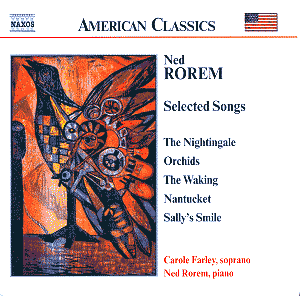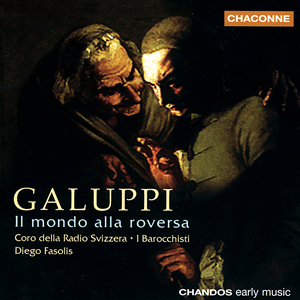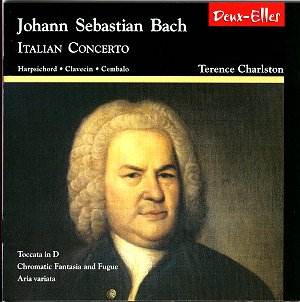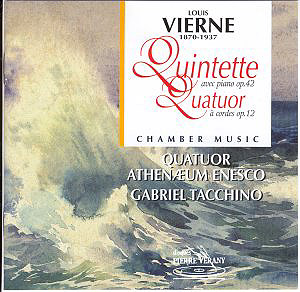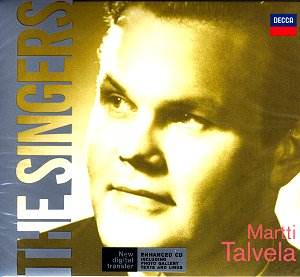 Composer: Marti Talvela
Composer: Marti Talvela
Works: Songs by Schumann, Mussorgsky & Rachmaninov
Performers: Marti Talvela (bass), Irwin Gage, Ralf Gothoni (piano)
Recording: Recorded in Berlin, Germany, 1969-1980
Label: Decca
Marti Talvela, born in Finland in 1935, remains a towering figure in the world of classical music, particularly renowned for his operatic portrayals of iconic bass roles such as Boris Godunov and King Philip II. His contributions to the lieder repertoire, however, are often overshadowed by his operatic achievements. This recording, part of Decca’s ‘The Singers’ series, serves as a vital reminder of Talvela’s artistry in the realm of art song, showcasing his interpretations of works by Schumann, Mussorgsky, and Rachmaninov across two distinct recording sessions.
The selections from Schumann here are particularly intriguing, as they represent a time when his songs were not as frequently performed. The cycle includes a variety of vocal registers, but it is in “Wanderlied” (track 3) where Talvela truly shines. His deep, resonant voice is well-suited to the melodic contours of this piece, allowing him to embody the song’s introspective spirit with a remarkable balance of power and nuance. Conversely, in “Stille Tränen” (track 10), which presents more challenges due to its higher tessitura, Talvela’s large voice struggles to convey the delicate sorrow intrinsic to the piece. This discrepancy highlights the inherent difficulties when a voice of such magnitude is tasked with more intimate settings, illustrating the necessity for sensitivity in vocal interpretation.
Mussorgsky’s “Songs and Dances of Death” and the selections from Rachmaninov represent a more natural fit for Talvela’s vocal strengths. His affinity for the Russian language allows for a rich expressiveness that is particularly evident in the haunting “Lullaby” and the dramatic “The Field Marshal.” Here, Talvela’s deep understanding of the emotional weight of the music brings forth a compelling delivery, underscored by the skilled accompaniment of Ralf Gothoni. The interplay between singer and pianist is masterful, with Gothoni providing a solid yet sensitive foundation that enhances Talvela’s interpretative choices.
The technical aspects of the recording are commendable, capturing Talvela’s voice with clarity in a well-balanced acoustic. The naturalness of the sound engineering allows for the richness of the bass timbre to resonate without overwhelming the piano, a critical balance that is sometimes neglected in recordings of larger voices. The booklet essay by John Steane adds an invaluable layer of scholarly insight, elucidating the historical context and significance of the selections, although the absence of detailed opera character notes is a missed opportunity for deeper engagement.
Comparatively, while Talvela’s interpretations may lack the finesse found in some of the more nuanced performances by contemporary singers, his unique vocal character and emotional depth provide a compelling counterpoint. This recording stands as a testament to his legacy, illustrating both the challenges and triumphs of a voice that is inextricably linked to the dramatic and lyrical traditions of classical music.
This collection exemplifies the dual nature of Talvela’s artistry—his formidable presence in the operatic arena and his equally compelling exploration of song. It serves not only as a celebration of his vocal prowess but also as a valuable addition to the exploration of art song, inviting listeners to appreciate the breadth of Talvela’s contributions to the classical canon.
